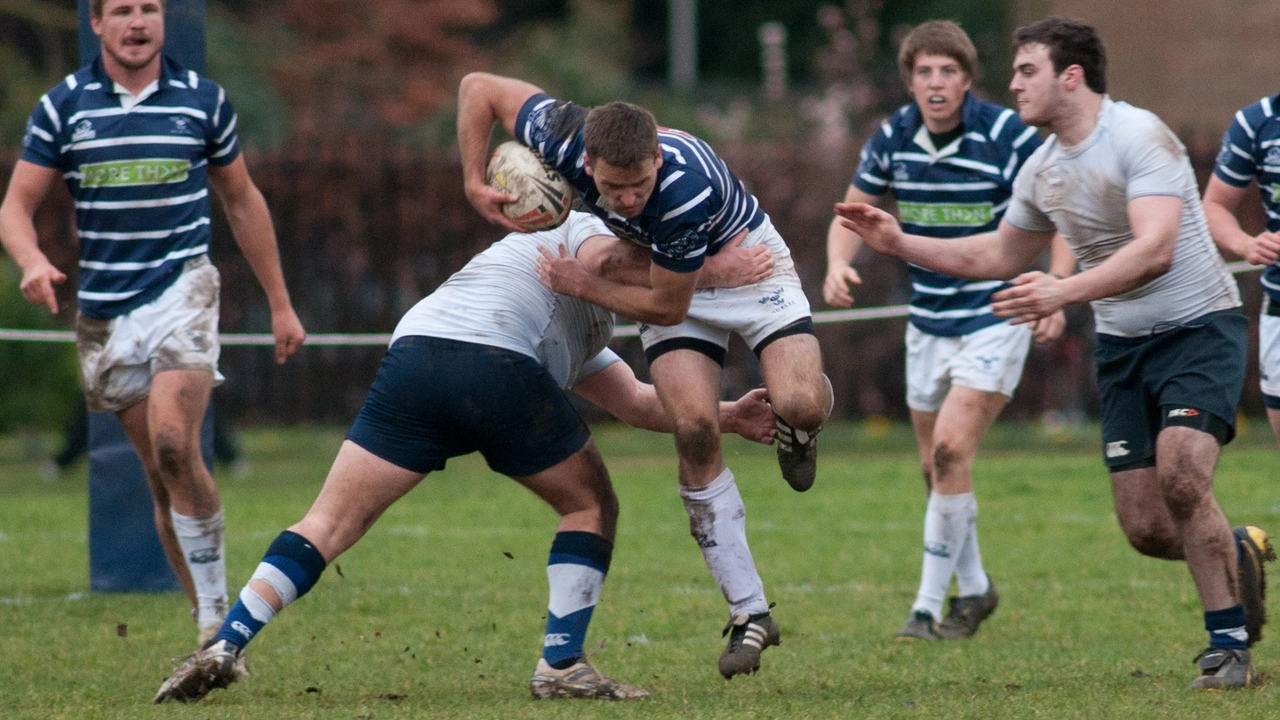Sports Health & Safety – Keep Your Game Safe
Welcome to the hub where we talk about staying healthy while you play rugby. Whether you’re a seasoned pro or just starting out, understanding the risks and how to manage them makes the difference between a long career and an early exit. Here you’ll find plain‑spoken advice, real‑world examples, and the latest thinking on injuries that matter most on the pitch.
One hot topic right now is head injuries. You’ve probably heard the question, “Which has more concussions, rugby league or union?” A recent post on our site looked at the numbers and found that both codes see a lot of knock‑outs, but union edges ahead with a slightly higher rate. The reason? Union’s tackling style and the way players contest the ball create more situations where heads meet. The good news is that both games are investing heavily in better protocols, safer techniques, and faster assessments after a hit.
Concussion facts you need to know
First off, a concussion isn’t just a “got‑a‑bump” situation. It’s a brain injury that can affect balance, memory, and reaction time. If you feel dizzy, have a headache that won’t go away, or notice blurry vision, you’ve probably suffered a concussion and need to be removed from play immediately. The modern rule‑book forces a temporary removal and a step‑by‑step return‑to‑play protocol before you step back onto the field.
In practice, this means:
- Immediate removal from the game if any concussion signs appear.
- A minimum 24‑hour rest period with no physical activity.
- Gradual re‑introduction: light aerobic work, then sport‑specific drills, and finally full contact only after medical clearance.
Following these steps isn’t optional – it’s built into the safety standards of both league and union. Skipping a step can lead to longer recovery times or even permanent issues.
Practical safety tips for every player
Beyond concussions, there are a handful of everyday habits that cut down on injuries across the board. Here’s what you can start doing right now:
- Warm‑up properly. A 10‑minute dynamic warm‑up gets blood flowing to muscles and joints, reducing strains.
- Use the right technique. Work with a qualified coach to perfect your tackling form. Lead with the shoulder, keep the head to the side, and wrap your arms around the opponent.
- Stay hydrated. Dehydration makes muscles more prone to cramping and fatigue, which can cause missed tackles and dangerous collisions.
- Wear appropriate gear. Mouthguards, proper boots with good grip, and padded headgear (if your league allows) add an extra layer of protection.
- Listen to your body. Soreness after a match is normal, but sharp pain is a warning sign. Don’t push through it; get it checked.
When you combine these habits with the concussion protocols we mentioned, you’re building a solid safety net. The goal isn’t to eliminate risk – that’s impossible in a contact sport – but to keep avoidable injuries to a minimum.
At Portsmouth Rugby Club we keep updating our health and safety resources. Check back often for new articles, video tutorials, and Q&A sessions with medical staff. Stay informed, stay prepared, and enjoy the game without unnecessary worry.
Got a safety question or a story about how you handled an injury? Drop it in the comments on the “Which has more concussions, rugby league or union?” post. Sharing experiences helps everyone play smarter and safer.

Which has more concussions, rugby league or union?
After delving into the topic, I've found that both rugby league and union have their fair share of concussions. However, research indicates that rugby union might just edge ahead with a slightly higher rate of concussions. The physical nature and tackling style of the game could contribute to this trend. Yet, it's important to note that both sports are working to improve player safety and reduce the risk of head injuries. Concussion awareness and management in both games have also significantly improved over the years.
view more

